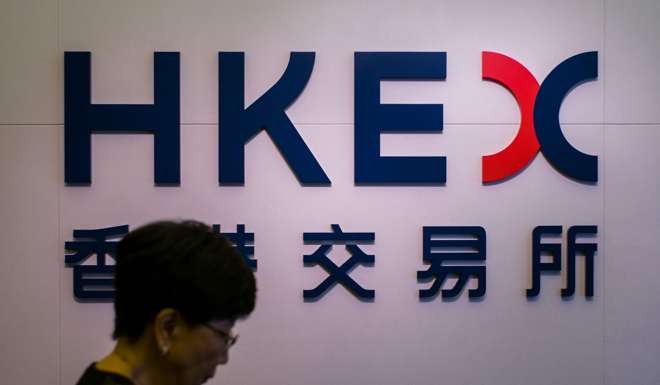
Update | SFC’s quarterly losses widen to HK$50.6 million, as market turnover tumbles
Despite the red ink, commission is still stepping up enforcement efforts to crack down on corporate fraud, says enforcement head Thomas Atkinson
Falling stock market turnover hasn’t just been bad news for brokers, but also for the regulator, judging by its latest set of results.
The Securities and Futures Commission revealed on Thursday it recorded a HK$50.58 million loss for the quarter to the end of September, compared with a loss HK$31.46 million a year earlier.
It blamed the latest loss on a 30 per cent year-on-year decline in fee income, down to HK$263.76 million as market turnover slumped.
The SFC collects transaction fees from investors on shares transactions, so its income is directly linked to market turnover. Average daily turnover in the first nine months was HK$67.8 billion, 42 per cent lower than the same period a year earlier.
The falling market turnover also hurt profits at Hong Kong Exchanges and Clearing (HKEX), the operator of the city’s stock and futures markets, which last month reported a 34 per cent year-on-year net profit decline for the third quarter. Trading fee income, linked to market turnover, is its major income source.
The SFC’s other main income source, fees and charges collected from market participants, was also down 18 per cent year on year to HK$34.01 million for the three months, from HK$41.27 million a year earlier.

Total income rose 5 per cent year on year to HK$372.25 million, but its expenses also rose faster by 9.5 per cent to HK$422.83 million.
That rising expenditure was mainly due to a 9 per cent increase in staff costs of HK$304.97 million, and a 3.7 per cent rise in its rental payments, to HK$52.41 million.
The latest quarter figures mean for the half-year to September, the SFC’s total loss was HK$179.21 million, compared with a gain of HK$217.25 million previously.
The loss cut the commission’s accumulated surplus to HK$7.098 billion as at the end of September, down from HK$7.28 billion a year earlier. But it has earmarked HK$3 billion out of those reserves for property acquisition, according to its financial report, without giving further details.
Benny Mau, chairman of Hong Kong Securities Association, said it’s a tricky task for the SFC to manage its income, given it’s effectively linked to market turnover.
“However, the SFC can control its own costs. Of course, it needs to hire staff to carry out its function of cracking down on market malpractices, so it may need to consider cutting down on unnecessary expenses. It may also consider buying its own offices, to cut down on rental payments,” Mau said.
“We don’t need the SFC to make a profit – but if the losses continue that may also affect its effective monitoring of the market. The regulator needs to pay closer attention to balancing its books.”
Despite facing lower income and more red ink, officials insisted it has not cut down on its enforcement efforts.
We don’t need the SFC to make a profit – but if the losses continue that may also affect its effective monitoring of the market. The regulator needs to pay closer attention to balancing its books
The commission sent out 155 enquiries during the six months to the end of September, up 7.6 per cent than a year earlier, according to the latest report, and launched 4,404 enquiries, up 12 per cent year on year.
It also started 251 formal investigations during the six months period under review, down 1.6 per cent year on year. However, it completed more investigations during the period, 294 cases, up 23.5 per cent than a year earlier, and issued 25 disciplinary orders in the six months, up 66.7 per cent than a year earlier.
Besides the quarterly report, the SFC on Thursday separately issued an news update, in which the newly appointed executive director of enforcement Thomas Atkinson reiterated his focus on cracking down on corporate fraud and misfeasance, as well as anti-money laundering internal controls.
“Listed company-related fraud and misfeasance have wiped out billions in market capitalisation and caused significant damage to the integrity and reputation of our markets,” said Atkinson.
In addition, the SFC will adopt a holistic approach to identifying systemic weaknesses at the corporate group level and focus its enforcement actions on companies and corporate groups with multiple failings, he said.
“The SFC values timely, open and transparent disclosure of misconduct. To encourage more cooperation, the SFC may notify parties under investigation of its intention to take enforcement action.”

